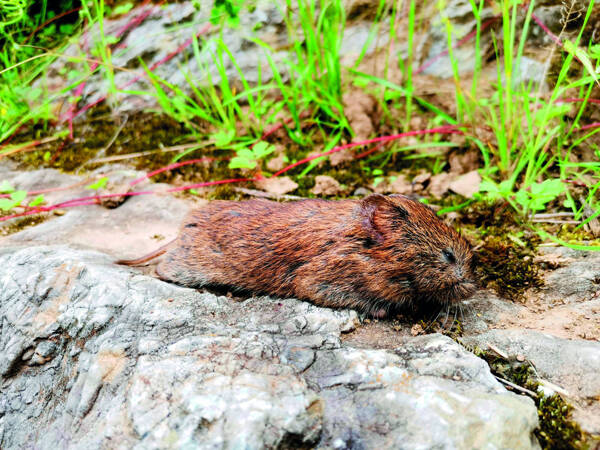
The species status is stable, but the genus status is somewhat controversial. It was first named as the genus Microtus. Some people believe that it belongs to the genus Microtus (<Microtus>), while others believe that it belongs to the genus Neodon (<Neodon>). Molecular systematic studie...
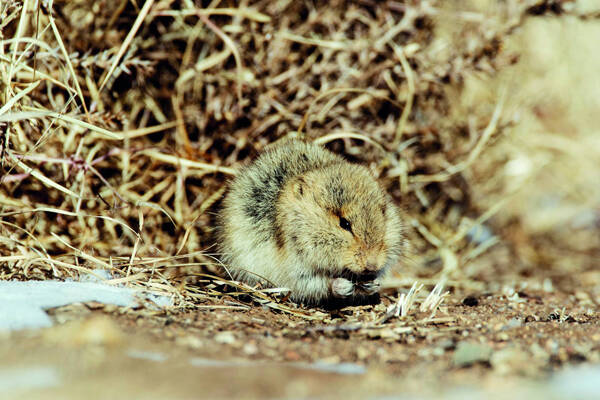
The status of Brandt's vole species is stable, but there has been a long-standing debate about which genus it belongs to. Sometimes it is placed in the genus Microtus and sometimes in the genus Phaiomys. Molecular systematics finally confirmed that it is an independent genus, namely the genus La...

Liangshan Grooved Vole belongs to the subfamily Arvicoliniae. It is a new species published by Liu Shaoying et al. (2007). There was only one species in the genus Proedromys: Proedromys bedfordi, and it was rare. Except for the Sichuan Academy of Forestry, there are only three specimens in the world...
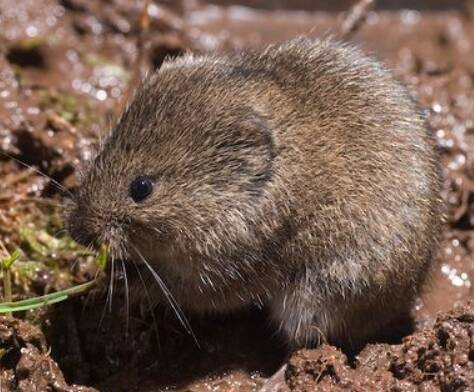
Root voles are very tolerant of moisture, and their population is large in very humid valley wetlands that are submerged even with a slight rise in water. They are harmful to grassland and wetland ecosystems. In terms of classification, they have long been confused with the Qaidam root vole (Microtu...

Qaidam root voles live in caves, which are relatively simple and mostly have a single entrance. They build their nests under haystacks, grass roots, and tree roots. Some individuals build outer nests. They feed on the green parts of plants, and in winter they dig up roots, tuber sprouts, and seeds o...
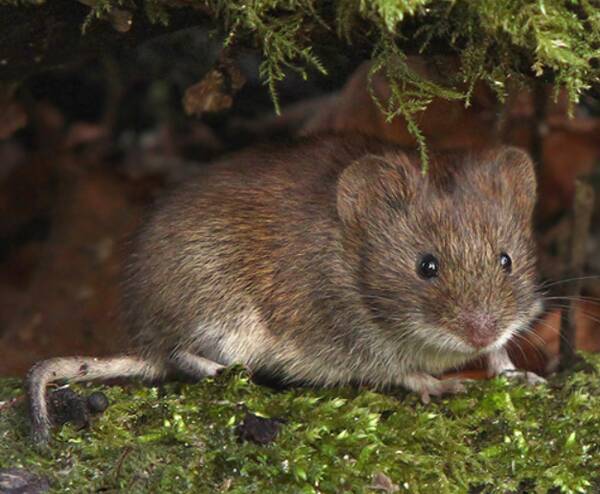
Narrow-headed voles live in groups. They are active mainly during the day, but also at night. They are often dispersed in summer, but gather on sunny slopes and leeward places in autumn and winter. The range of activity is generally no more than 150m. The intensity of activity is related to the temp...
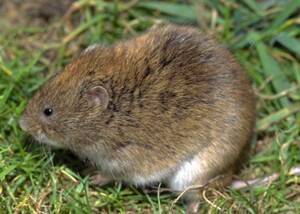
The oriental vole is a typical burrowing type. It does not hibernate and moves out of its burrows day and night. Due to its frequent activities and frequent trips between several groups of burrows, very obvious runways are often formed on the ground. Especially in moss and reed fields, the runways a...
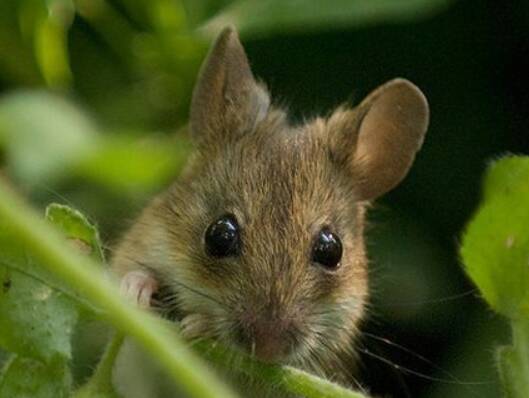
Common voles belong to the subfamily Arvicolinae. There is no dispute about their taxonomic status. However, there are many subspecies, more than 20, which is quite confusing. The one distributed in my country may belong to the Altai subspecies (<M. arvalis obscurus>). It is harmful to farmlan...
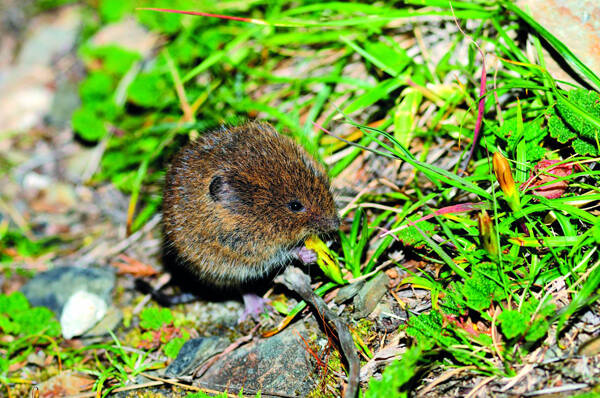
The taxonomic status of Taiwan vole is stable, but the genus-level taxonomic unit has been controversial. Many scientists put this species in the genus Vole, while some scientists have put it in the genus Vole (<Volemys>). Molecular systematic studies have confirmed that this taxonomic unit be...